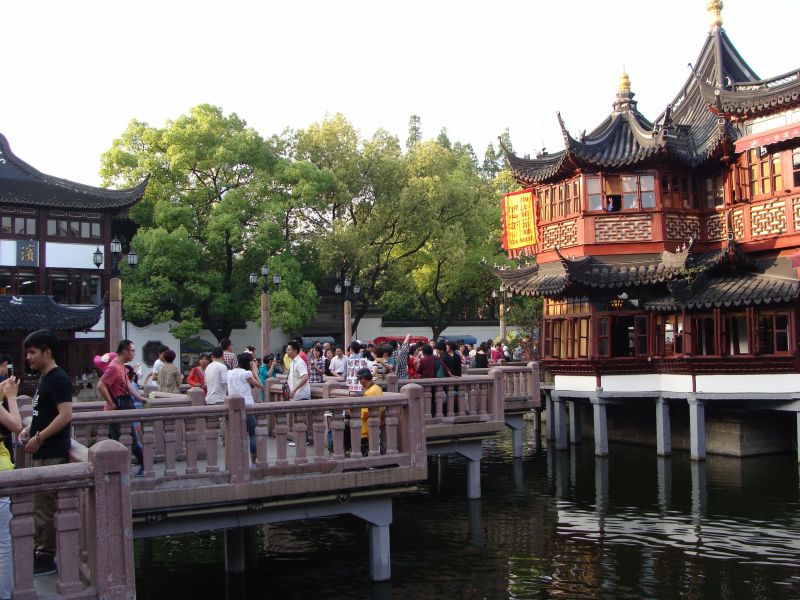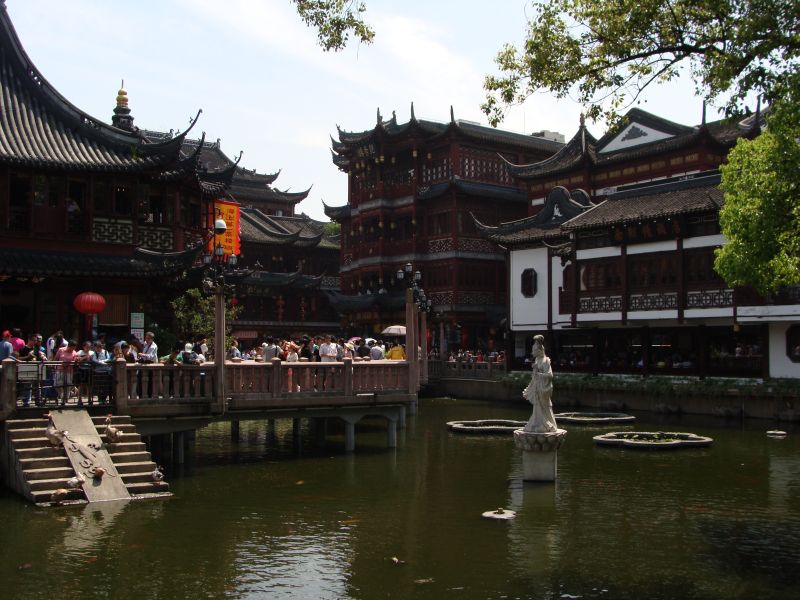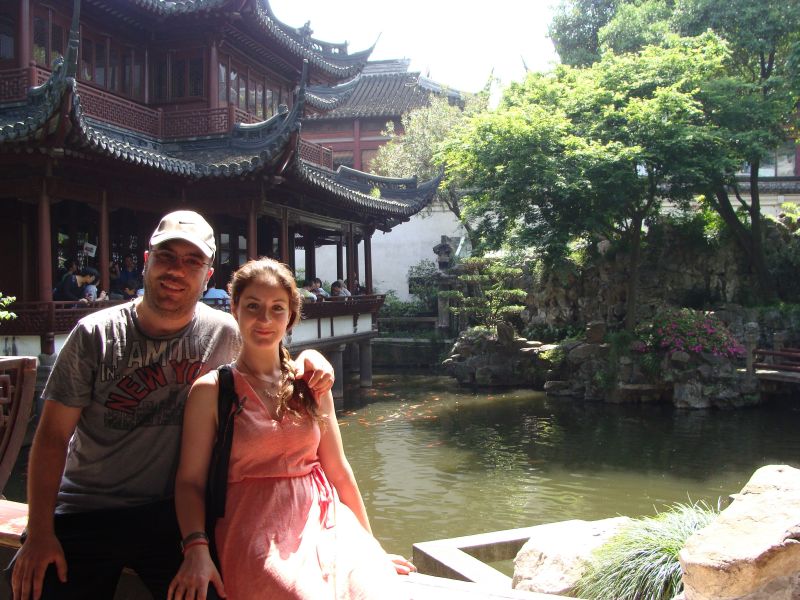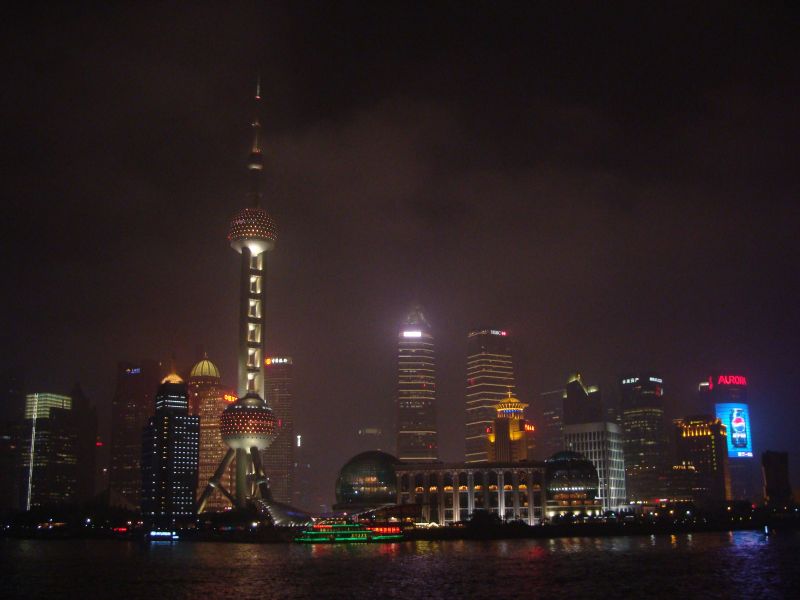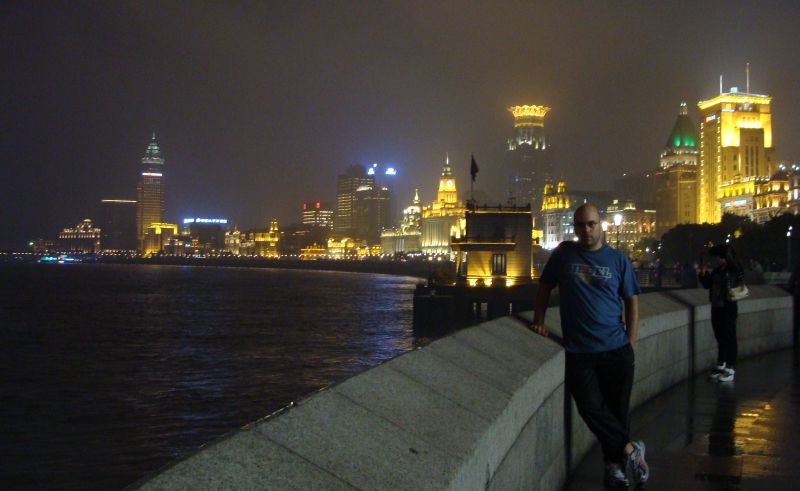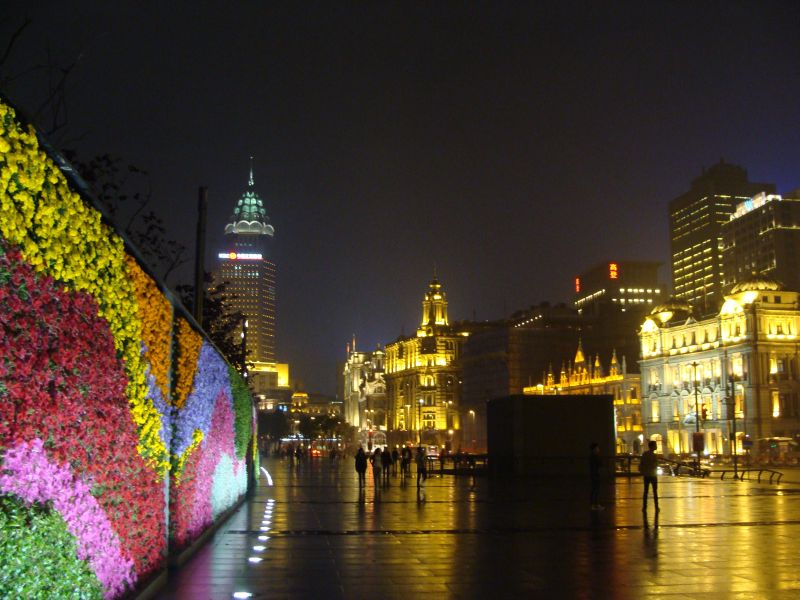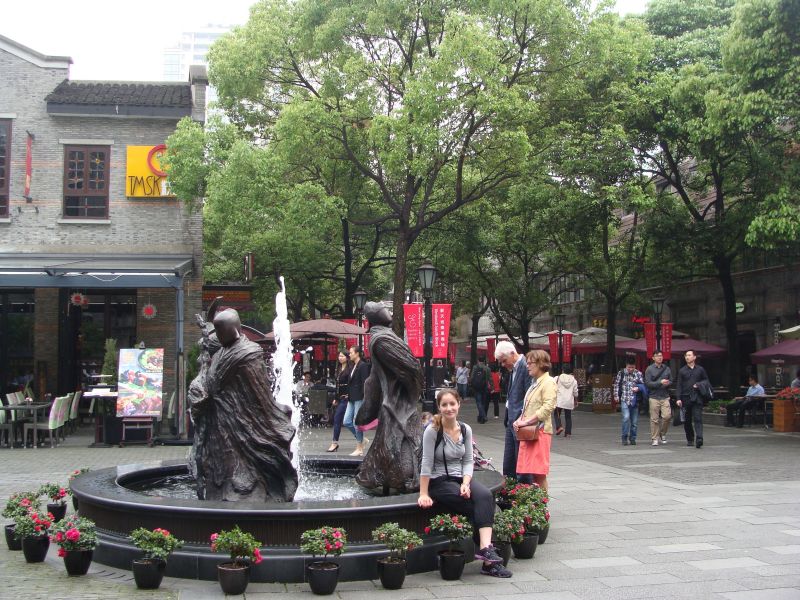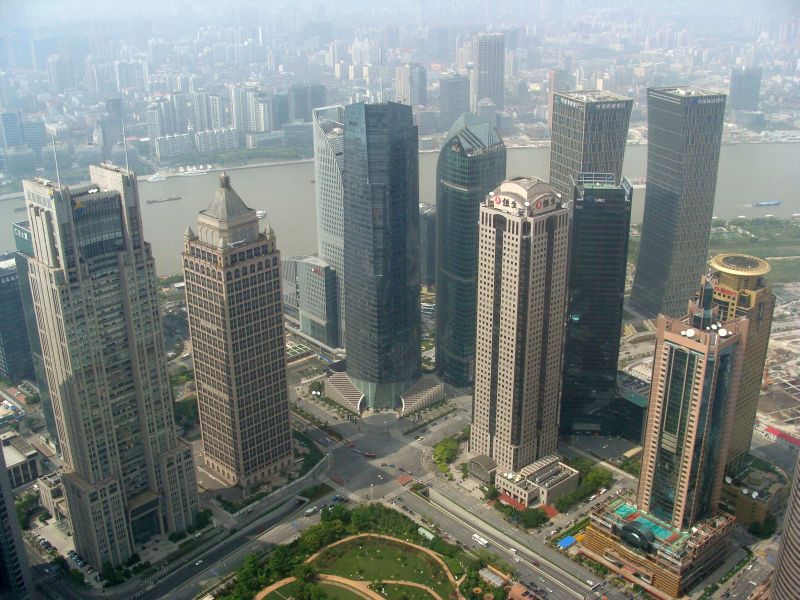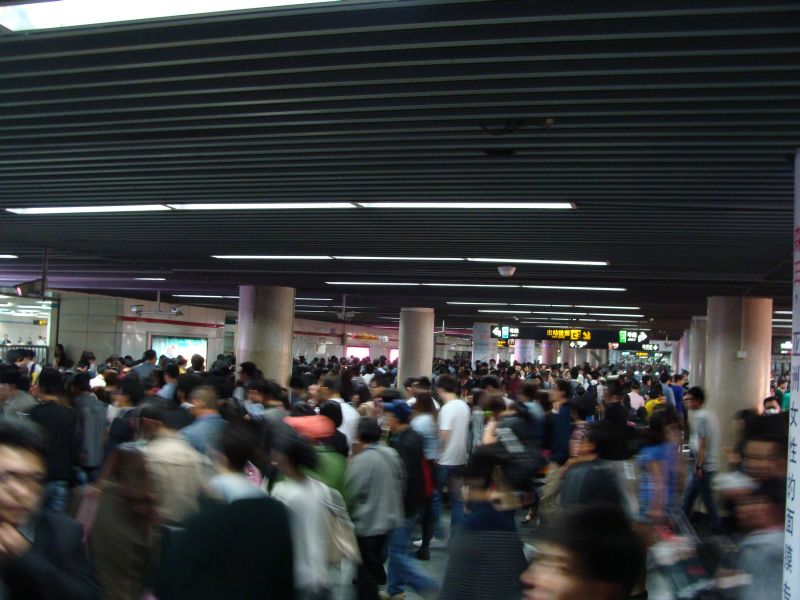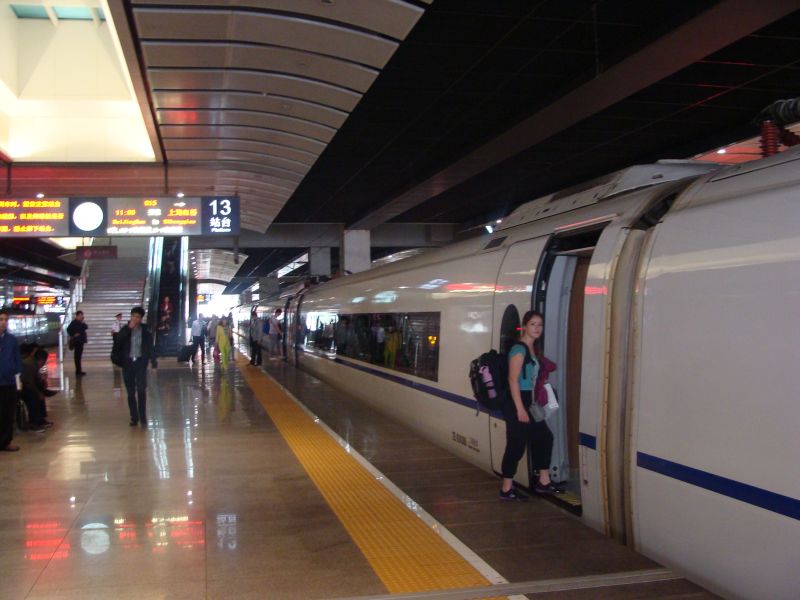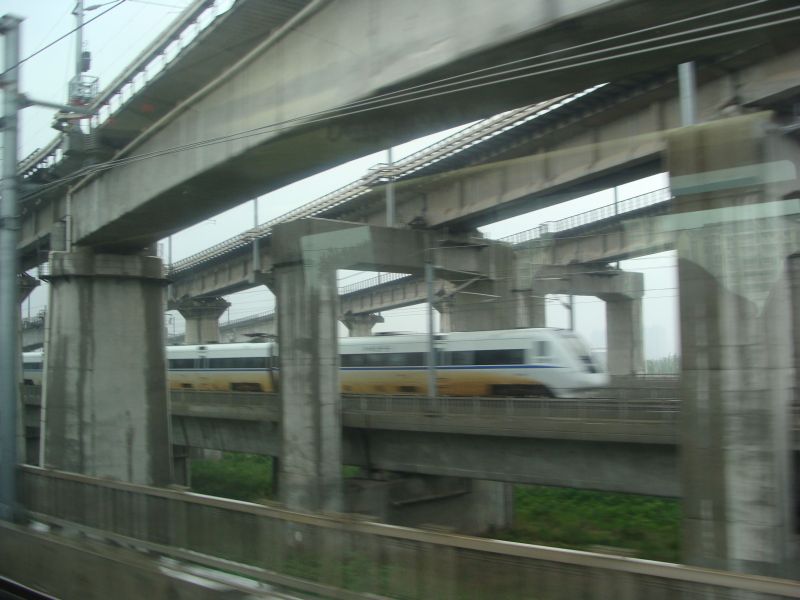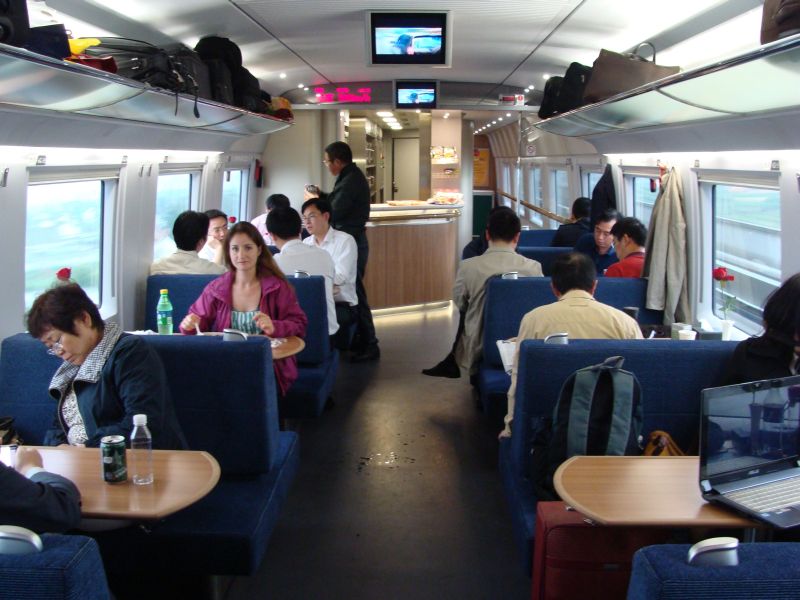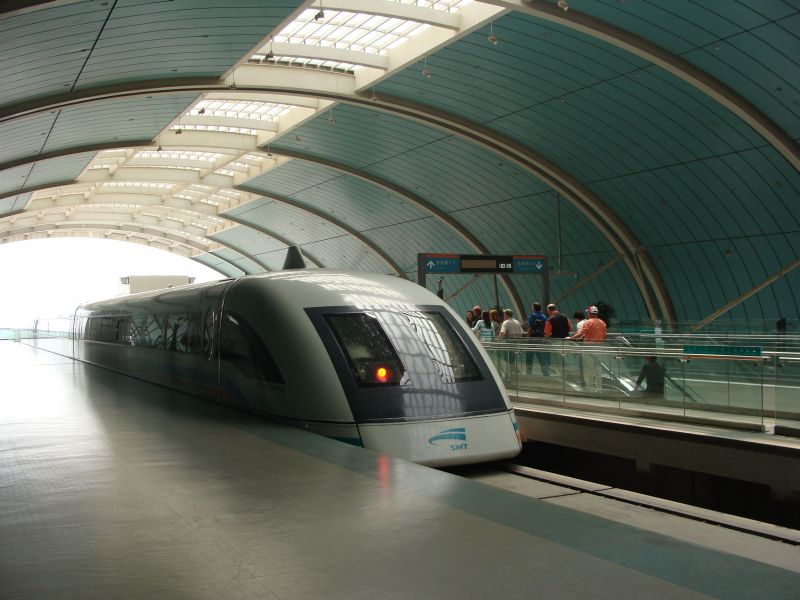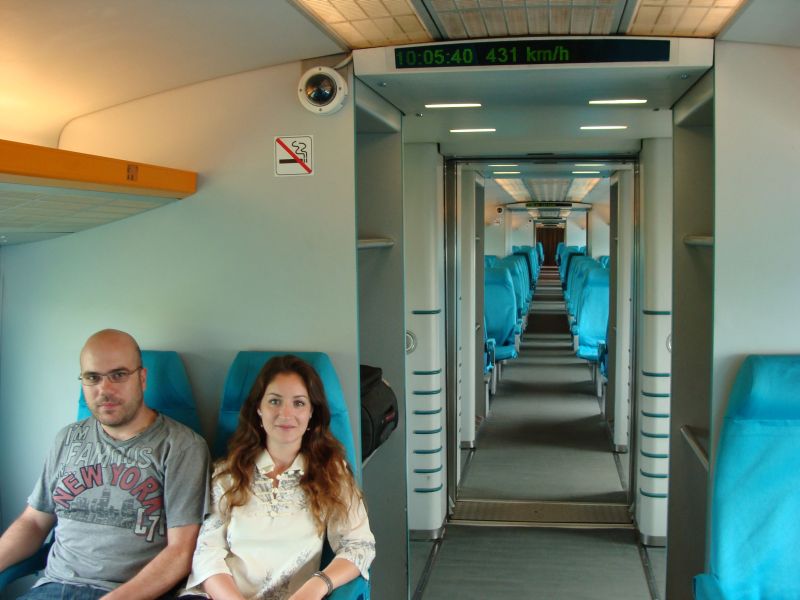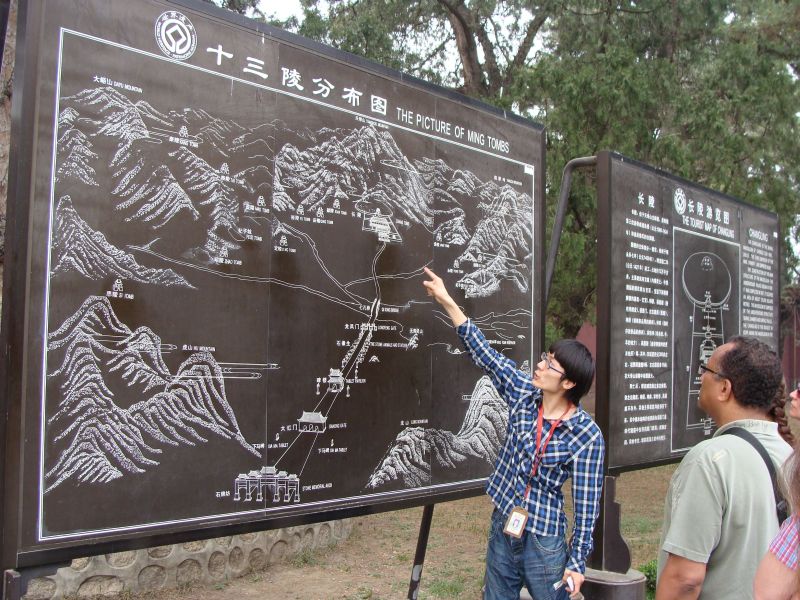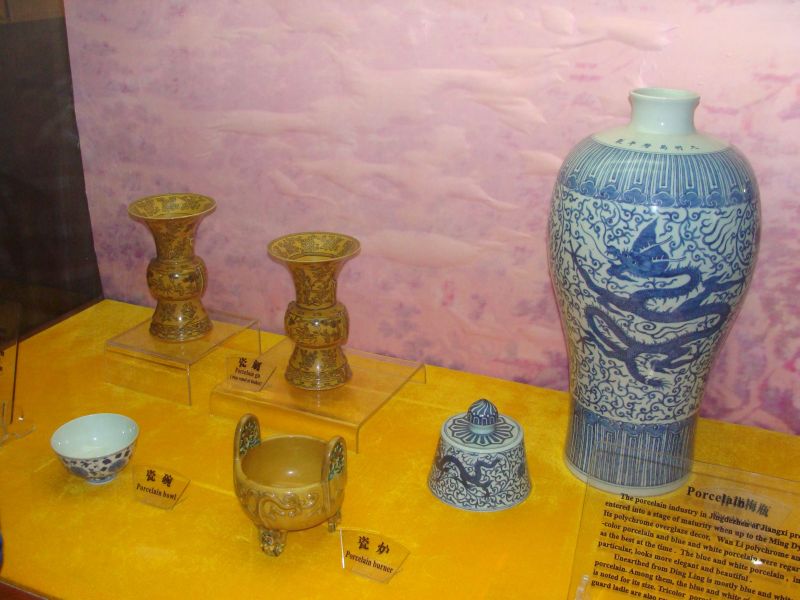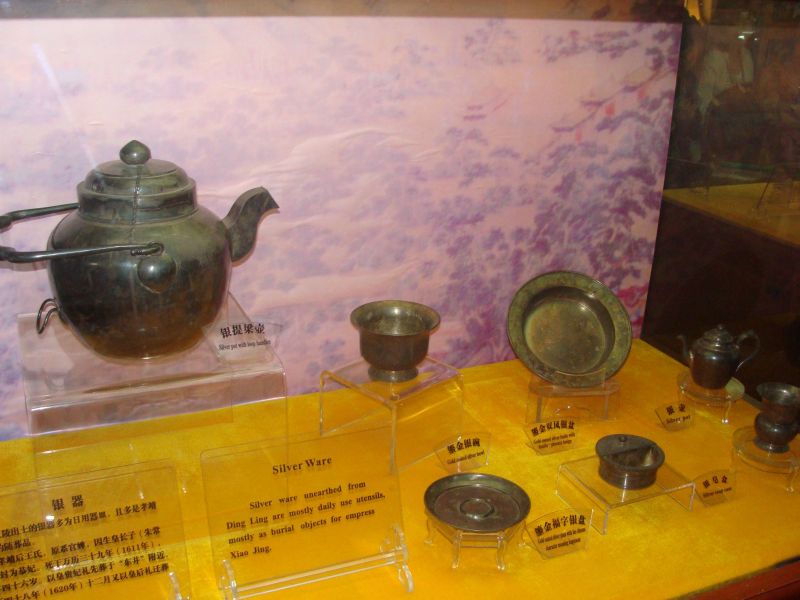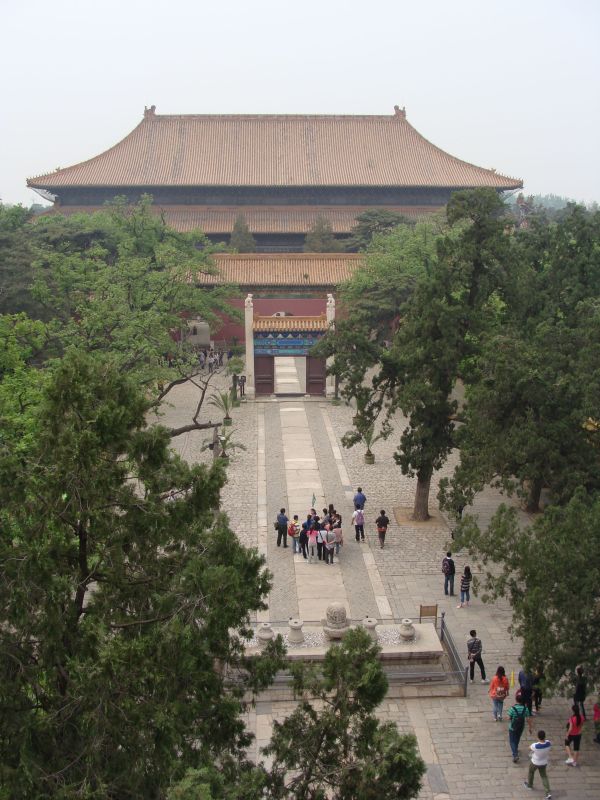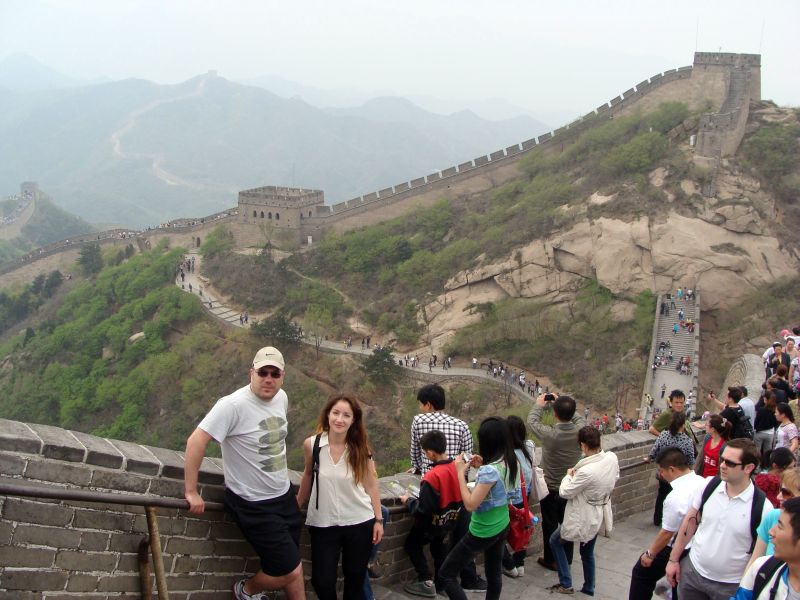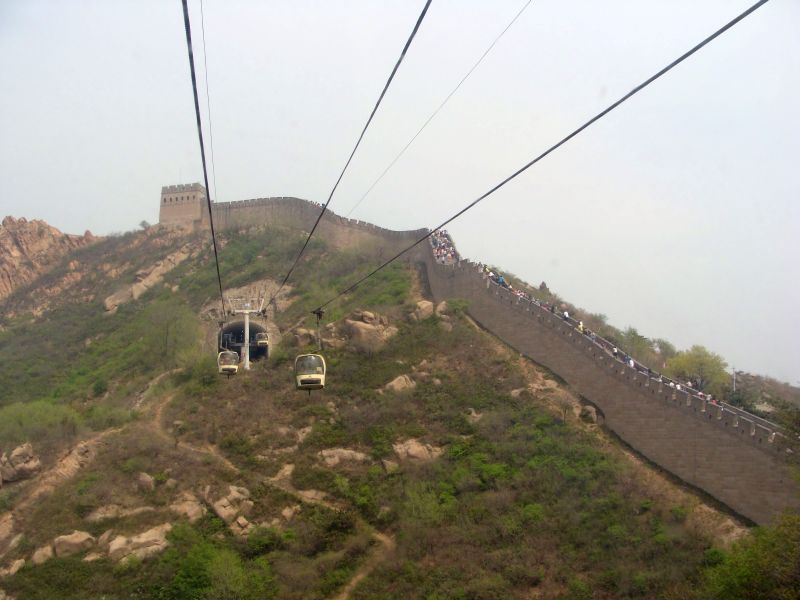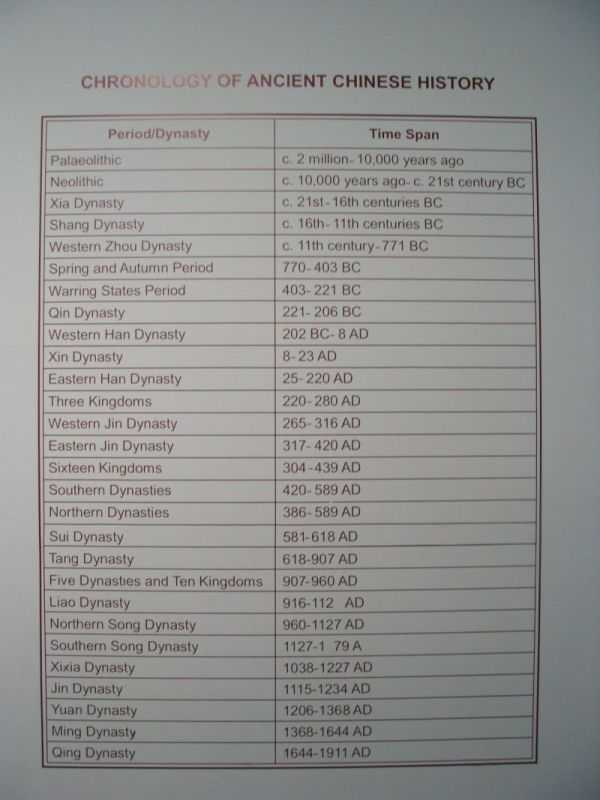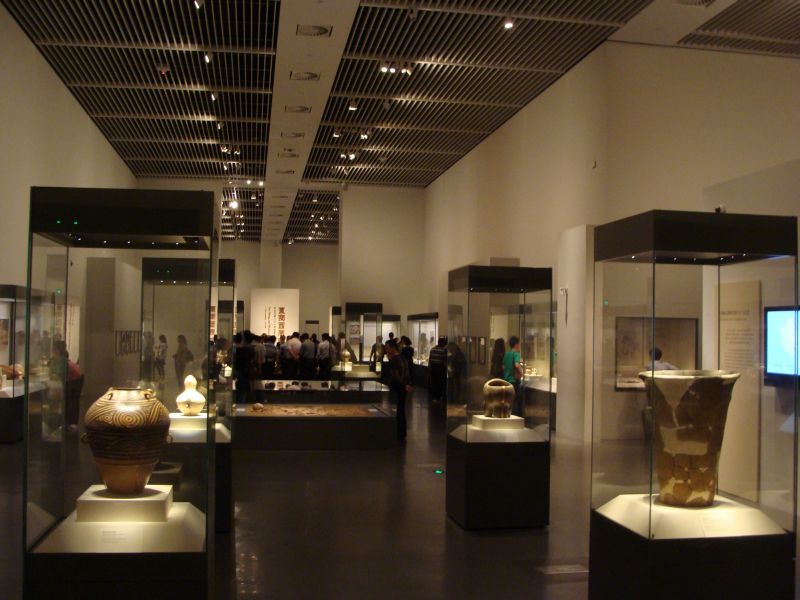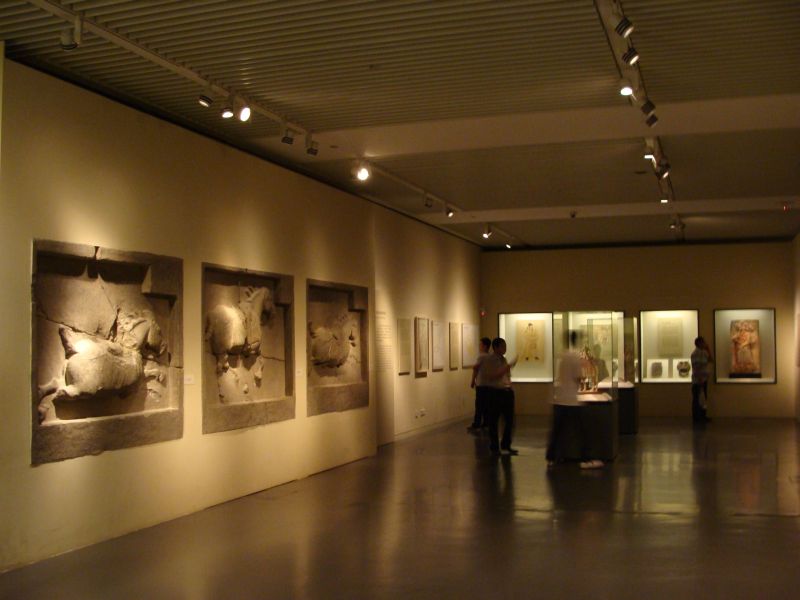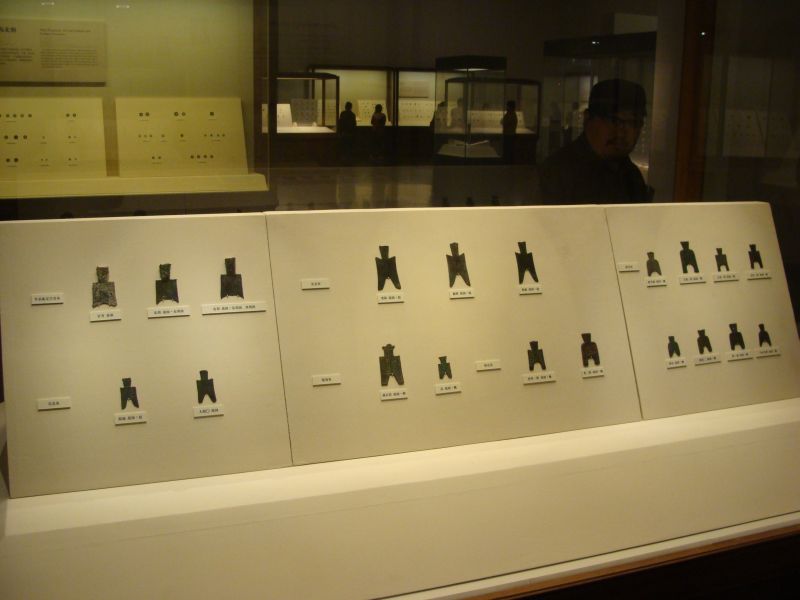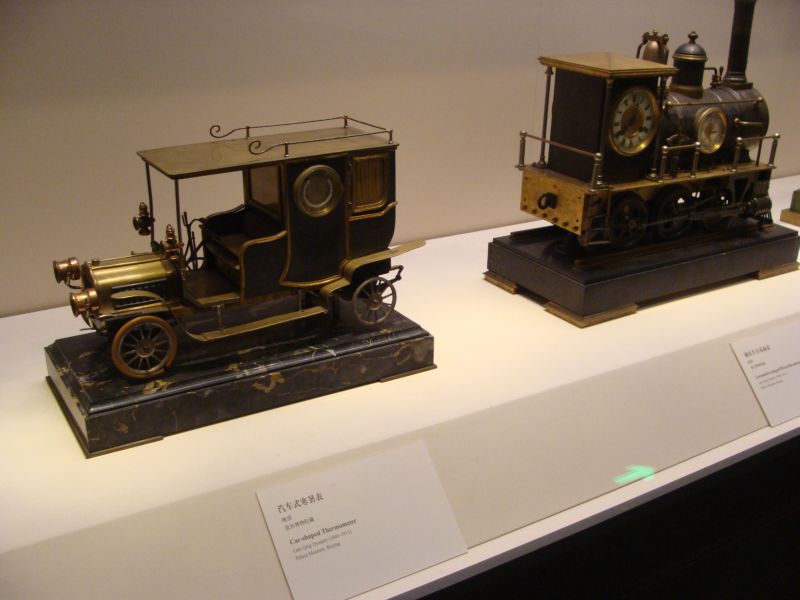Given the history of this city as a international business center, most of it’s famous neighborhoods were shaped in a Western style. Even after the foreign concessions were discontinued, the modern trend continued. Probably, being built of wood, the old Chinese houses gradually fell to decay and were replaced with even more high rise structures. As a result, it is nearly impossible to find preserved traditional areas in Shanghai. Two notable exceptions are the Yuyuan Garden (and surroundings, first 3 pictures) and the area known as Tianzifang (last picture).
Westernized Shanghai
By train to Shanghai
Ming Tombs and Great Wall
First 4 pictures are from a visit to the Ming Dynasty tombs. There is an exhibit hall with burial objects. Unfortunately, our tour guide took us to a tomb that was big and important but not yet excavated, so we weren’t able to see how they look inside.
Last 3 pictures are from the Great Wall. Given the crowding, difficult terrain and limited time imposed by the guide, it was next to impossible to enjoy it properly. I left that place with the feeling that I missed the might associated with biggest man made structure in the world.
National Museum of China
The National Museum of China is conveniently located on the side of Tiananmen Square. It has collections covering from ancient times until the Qing Dynasty. However, most areas dedicated to the modern period were documented in Chinese only, so I was unable to find out the official contemporary position about the Great Leap Forward or the Cultural Revolution.
Worth seeing even for not the art inclined person; free admission.
